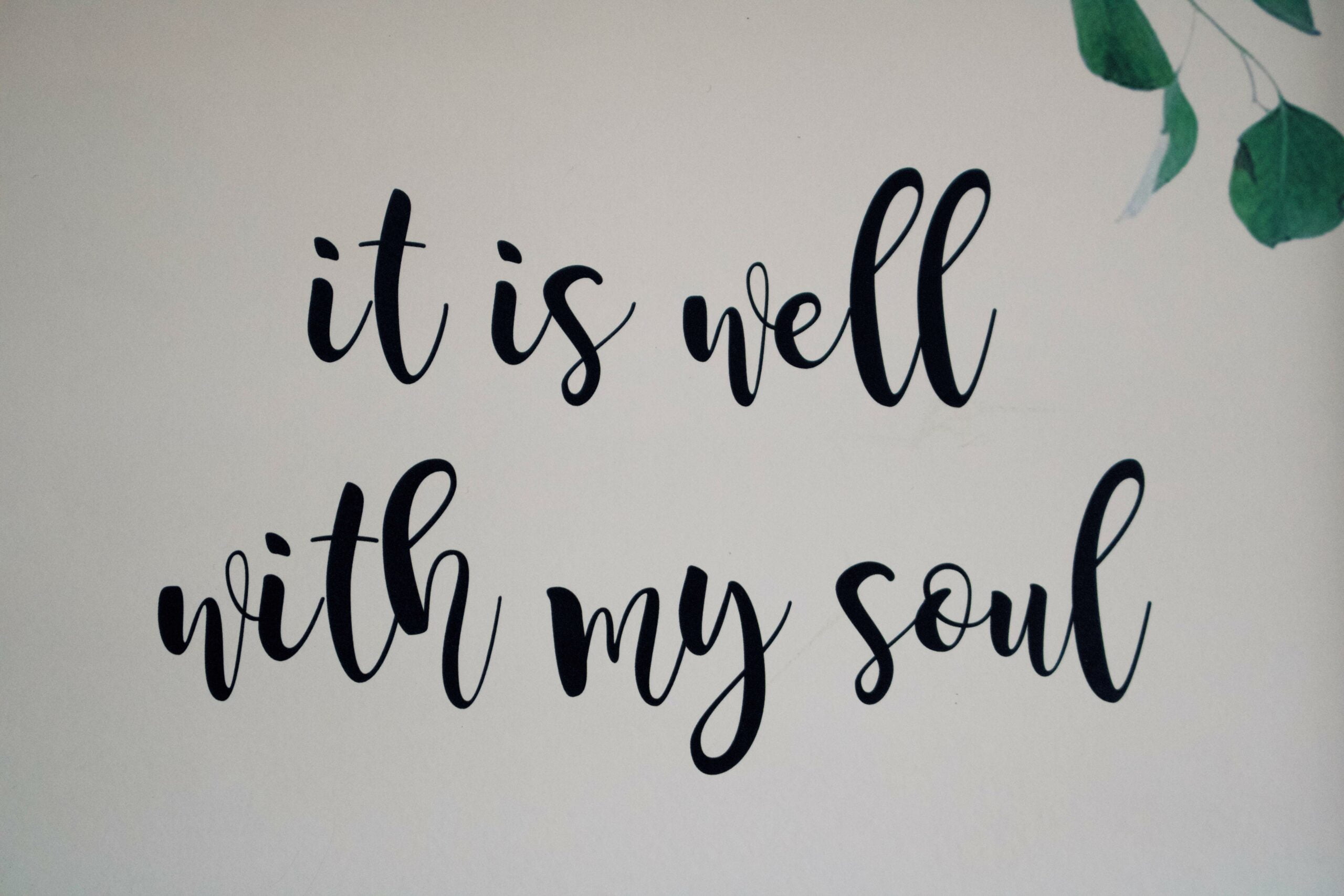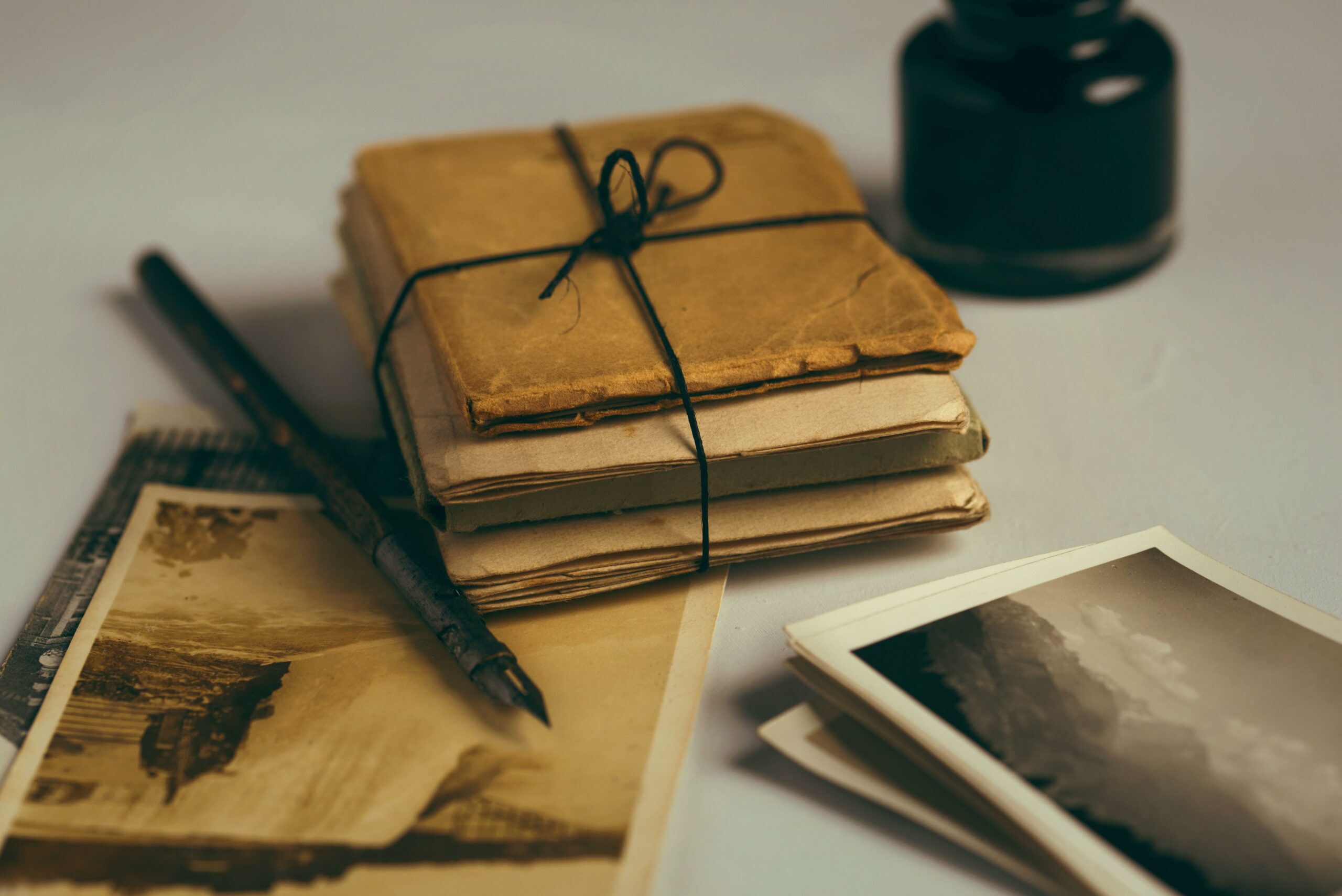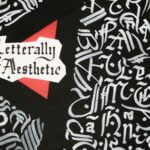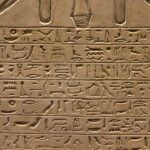Are you ready to embark on a journey into the mesmerizing world of Islamic calligraphy? Prepare to be astonished as we unravel the hidden wonders and unveil ten intriguing facts about this captivating art form. From the intricate strokes of centuries-old masterpieces to the cultural significance embedded within each letter, Islamic calligraphy is a remarkable testament to both artistic excellence and spiritual devotion. Join me as we delve into the rich heritage, profound symbolism, and lesser-known aspects of Islamic calligraphy. Get ready to be enthralled by the extraordinary beauty and timeless allure of this ancient art.

Interesting Facts About Islamic Calligraphy
Islamic calligraphy, an art form steeped in sacred traditions, holds many hidden wonders that captivate the senses and inspire the soul. Let’s embark on a journey to explore ten intriguing facts about Islamic calligraphy that will deepen our understanding and appreciation for this exquisite art form.
1. The Divine Connection:
Islamic calligraphy finds its roots in the writing of the Quran, the holy book of Islam. Each stroke of the calligrapher’s pen carries deep spiritual significance, as it brings to life the words of Allah and serves as a powerful link between the physical and the divine.
“Islamic calligraphy acts as a bridge between the tangible and the spiritual, embodying the divine presence within every stroke.”
2. A Multifaceted Medium:
Islamic calligraphy knows no bounds when it comes to the mediums it embraces. From delicate manuscripts to grand architectural masterpieces, this art form can be found adorning various surfaces, including weapons, glass, metal, and even ceramic tiles. The versatility of Islamic calligraphy highlights its universal appeal and enduring presence across diverse cultures.
“Islamic calligraphy gracefully transcends boundaries, permeating different surfaces and mediums to bring the beauty of written words to life.”
3. The Qalam’s Majestic Reign:
The qalam, the instrument of choice for Islamic calligraphy, holds a vital role in shaping the breathtaking compositions. Crafted from reed or bamboo, this pen offers a balance between flexibility and precision, allowing calligraphers to create elegant, flowing lines that exude grace and harmony.
“The qalam, like a maestro’s baton, guides the hand of the calligrapher to create symphonies of strokes that embody the essence of Islamic calligraphy.”
4. The Many Faces of Script:
Islamic calligraphy is not confined to a single script style; it embraces a rich tapestry of script variations. The Kufic script, with its angular and bold strokes, elicits a sense of strength and stability, while the Naskh script presents a more refined and fluid aesthetic. Thuluth script, known for its grace and grandeur, stands as a testament to the exquisite beauty of Islamic calligraphy. And the Diwani script, with its intricate and interwoven letters, evokes a sense of mystery and complexity.
“Different script styles in Islamic calligraphy mirror the diversity that lies within the Islamic world, each script enchanting us with its unique essence.”
5. Harmony in Proportions:
Islamic calligraphy adheres to the principles of the golden ratio and geometric proportions to create visually harmonious compositions. By incorporating mathematical precision into its designs, Islamic calligraphy achieves a sense of balance and perfection that resonates with the observer’s soul.
“Islamic calligraphy gracefully unites aesthetics and mathematics, resulting in mesmerizing harmony that tugs at the heartstrings.”
6. Embracing Diversity:
A rich tapestry of cultural and religious influences weaves through the art of Islamic calligraphy, making it a testament to the vastness of the Islamic world. Whether infusing elements from Persia, Ottoman Turkey, or the Maghreb, Islamic calligraphy stands as a vibrant and diverse expression of identity and creativity.
“Islamic calligraphy embodies a kaleidoscope of cultural influences, celebrating the mosaic that forms the Islamic world.”
7. A Timeless Tradition:
Centuries may have passed, but the art of Islamic calligraphy still thrives as a living tradition. While preserving its sacred and spiritual essence, calligraphers today continue to push the boundaries of creativity, influencing contemporary art and design around the world. Islamic calligraphy serves as a symbol of spirituality, connecting past and present, and reminding us of the depth and beauty within our shared humanity.
“Islamic calligraphy, an eternal flame of inspiration, continues to illuminate the creative horizons of artists today, amplifying the beauty and power of the written word.”
Every stroke of the qalam, every twist of a script, and every intricate design in Islamic calligraphy unveils a world of wonder and enchantment. Through its fusion of spirituality and artistry, this captivating form of expression transcends borders and invites us into a realm where words come alive in breathtaking beauty.
So let us delve deeper into this incredible art form, opening our minds and hearts to its secrets and revelations. Together, let’s unlock the hidden wonders of Islamic calligraphy and embark on a timeless journey of discovery and inspiration.
“In the realm of Islamic calligraphy, every stroke holds a secret, and every composition whispers tales of divine beauty, waiting to be unraveled by those with hearts willing to listen.”
Islamic calligraphy is not just an art form, it is a captivating and profound expression of faith. Did you know that there are fun facts about islamic calligraphy that you may not be aware of? Dive into the world of arabesque patterns and intricate lettering by exploring our curated collection of fun facts about islamic calligraphy. Discover the fascinating history, the different styles, and the cultural significance behind this ancient art form. Prepare to be mesmerized by the beauty and complexity of Islamic calligraphy. Click here to uncover the hidden wonders: fun facts about islamic calligraphy.
FAQ
Question 1: How did Islamic calligraphy originate?
Answer 1: Islamic calligraphy originated from the practice of handwriting text from the Quran. It began as a way to preserve and honor the sacred words of the Islamic religion.
Question 2: Where can Islamic calligraphy be found?
Answer 2: Islamic calligraphy can be found in various mediums, including weapons, glass, metal, and architecture. It is extensively used to decorate mosques, palaces, manuscripts, and even everyday objects.
Question 3: What is the instrument used for Islamic calligraphy?
Answer 3: The instrument used for Islamic calligraphy is called a qalam. It is a pen made from a reed or bamboo with a finely cut tip that allows for intricate and precise writing.
Question 4: What script styles are used in Islamic calligraphy?
Answer 4: Islamic calligraphy employs different script styles, each with its own distinct characteristics. Some of the notable styles include Kufic, Naskh, Thuluth, and Diwani, which vary in complexity, formality, and artistic expression.
Question 5: How does Islamic calligraphy incorporate geometric proportions?
Answer 5: Islamic calligraphy incorporates the golden ratio and geometric proportions to create balanced and visually appealing compositions. The use of precise measurements and harmonious mathematical principles enhances the aesthetic and spiritual significance of the art form.
- Unlock 6000+ words beginning with he: A comprehensive analysis - April 20, 2025
- Mastering -al Words: A Complete Guide - April 20, 2025
- Master Scrabble: High-Scoring BAR Words Now - April 20, 2025
















